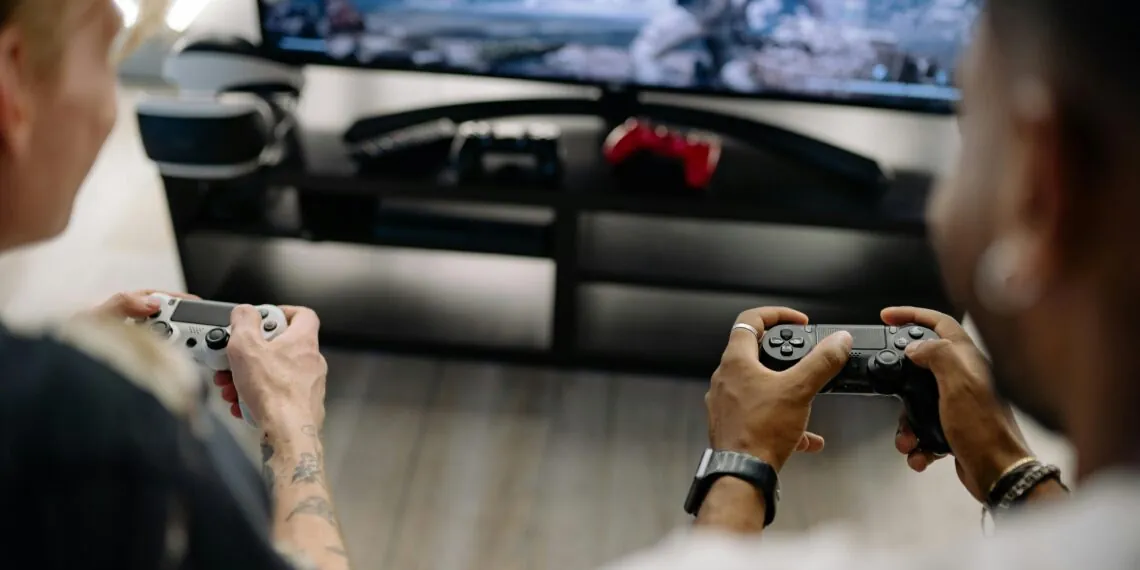Co-Op Play Strategies for Squad-Based Missions
It began with a single question in our war room: how do we make two soldiers feel like one unit? In the early pre-production days of Cost Of War, we’d seen countless shooters with co-op modes that felt hollow—like tacked-on features meant to pad playtimes. We wanted something different. We envisioned a battlefield where every whispered command, every muzzle flash in a teammate’s sight, and every heartbeat in a suppressed breathing track mattered. This is the story of how we crafted those moments: the raw, unfiltered dance of trust and terror that defines squad-based co-op in Cost Of War.
Building Trust in Chaos
Late one night, our level designer Lucas rigged up a simple stress test: two controllers, one tiny room lit by flickering lamps, a handful of AI insurgents lurking in the dark. The mission goal was straightforward—extract a hostage without firing a single shot. What unfolded was anything but. Lucas and producer Mara found themselves colliding at doorways, steam hissing from breaths held too long, radios crackling with rushed coordinates. In those fifteen minutes, we saw our vision come alive: co-op isn’t about splitting health bars—it’s about sharing burdens. It’s the moment when one teammate covers another’s blind spot, risking everything to give that compressed-breath whisper: “Go.”
Fragmented Perspectives, United Purpose
From the very first narrative outline, our writers insisted on dual viewpoints. Your partner isn’t just “Player Two”—they’re Alex, the sniper whose steady aim will decide if the squad crosses the valley alive. They’re Sam, the medic whose decision to use a scarce morphine shot can salvage morale. This fragmentation of experience meant new challenges for our AI and mission designers. Enemies adapt not just to a single aggressor, but to team formations, mid-combat flanking maneuvers, even suppressed fire to bait out a grenade toss. We wanted players to feel the sting of failure when their roles overlapped—like losing sight of each other in the smoke and realizing, too late, that the enemy was already closing in.
Designing for Camaraderie
Underneath the gunmetal skies of our virtual cities and the ruined streets of villages torn apart by war, we gave players tools to communicate: quick-fire pings, silent hand signals, and an immersive VO system that triggers based on proximity, stance, and stress levels. The code behind it was brutal—literally hundreds of condition checks to make sure your shout didn’t break immersion. But those hours were worth it when, in a playtest, two siblings huddled on the couch instinctively dropped to their knees together, pointing and whispering real plans. That real-world reaction is the heartbeat of co-op design.
Tactical Synergy: The Art of Synchronization
We built nine signature maneuvers for co-op squads. “Silent Echo,” “Breaching Thrust,” “Overwatch Collapse”—each one emerged from studying real-world military tactics and interviews with active-duty soldiers. Overwatch Collapse, for instance, required one player to lay down suppressive fire while the other executed a quick flank. To the uninitiated it might look like simple choreography—but behind the scenes it’s an intricate dance between animation states, bullet suppression algorithms, and AI reactions calibrated to break if even one partner hesitates. During QA, we watched teams fall apart when coordination broke down: cover fire that never came, flanks that failed, the desperate last-man stance of someone pinned down. Those failures taught us more than any success ever could.
Emotional Highs and Crushing Lows
Victory in Cost Of War isn’t just points on a scoreboard. It’s the rush of relief when you drag your injured comrade out of the line of fire, the weight of regret when a bad call means someone’s left behind. Our narrative team scripted branching dialogue that reacts in real time to mission outcomes: did you save the civilian convoy or did you abandon it for a better vantage? Did you hesitate long enough to lose half your ammo? Those lines—urgent murmurs over the radio—paint on top of your actions with a raw brush. You’re not just winning or losing; you’re forging a story that will haunt your next deployment.
Player Stories That Transcend Screens
We’ve read hundreds of testimonials from players who formed new friendships, proposed to each other mid-mission, or even auditioned for real military service after feeling the gravity of our simulations. These stories are reminders that our co-op design isn’t an abstraction—it’s a platform for human connection under pressure. Every UI ping, every timed grenade toss, every synchronized sprint across bullet-ripped streets becomes a shared moment of vulnerability and triumph.
Looking Forward: Evolutions in Co-Op
As Cost Of War grows, we’re pushing further: more squadmates, deeper role specializations, emergent narrative arcs that track your performance across weeks of play. Imagine dynamic rivalries with AI teammates that remember betrayals or alliances forged under fire. Picture inter-squad competition on a grand theater map where every mission decision echoes across the frontline. Our goal remains unchanged: to keep that pulse-quickening tension alive, to ensure that every time you drop into co-op you’re not just playing—they’re living a drama of trust, sacrifice, and shared purpose.
When you press X to revive a downed buddy while bullets perforate the dirt around you, know that every second of that adrenaline rush was carefully designed. Behind every gust of simulated wind, every flicker of muzzle flare, and every scratchy radio click, is a team committed to one truth: in Cost Of War, you don’t just fight alone—you stand beside the person who just might keep you breathing.







